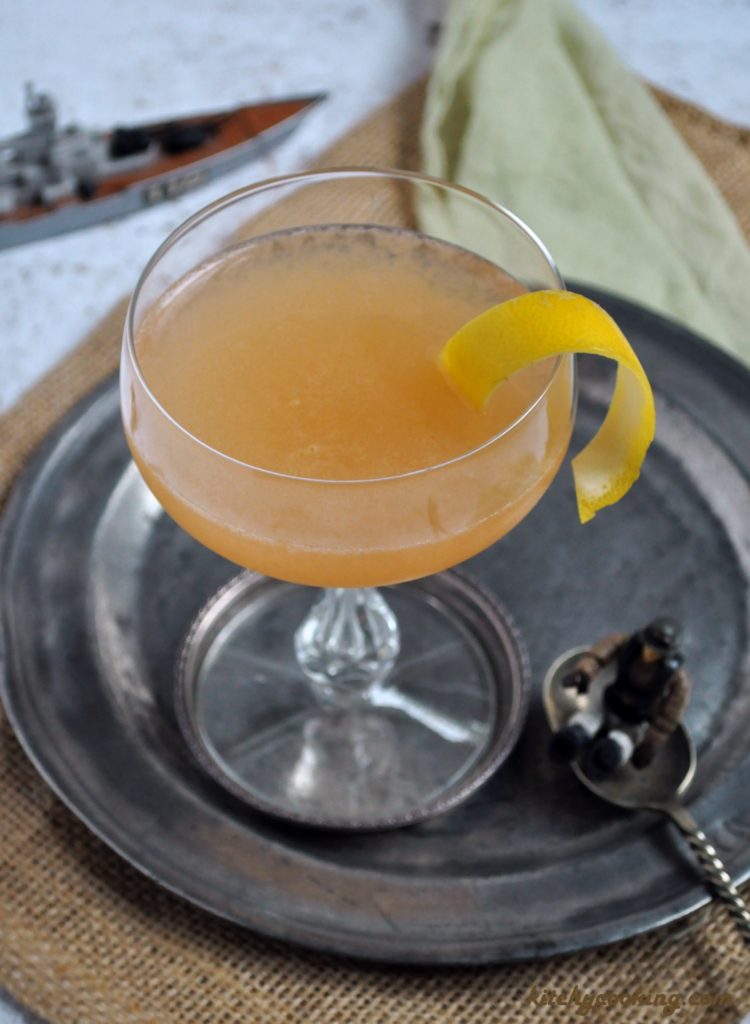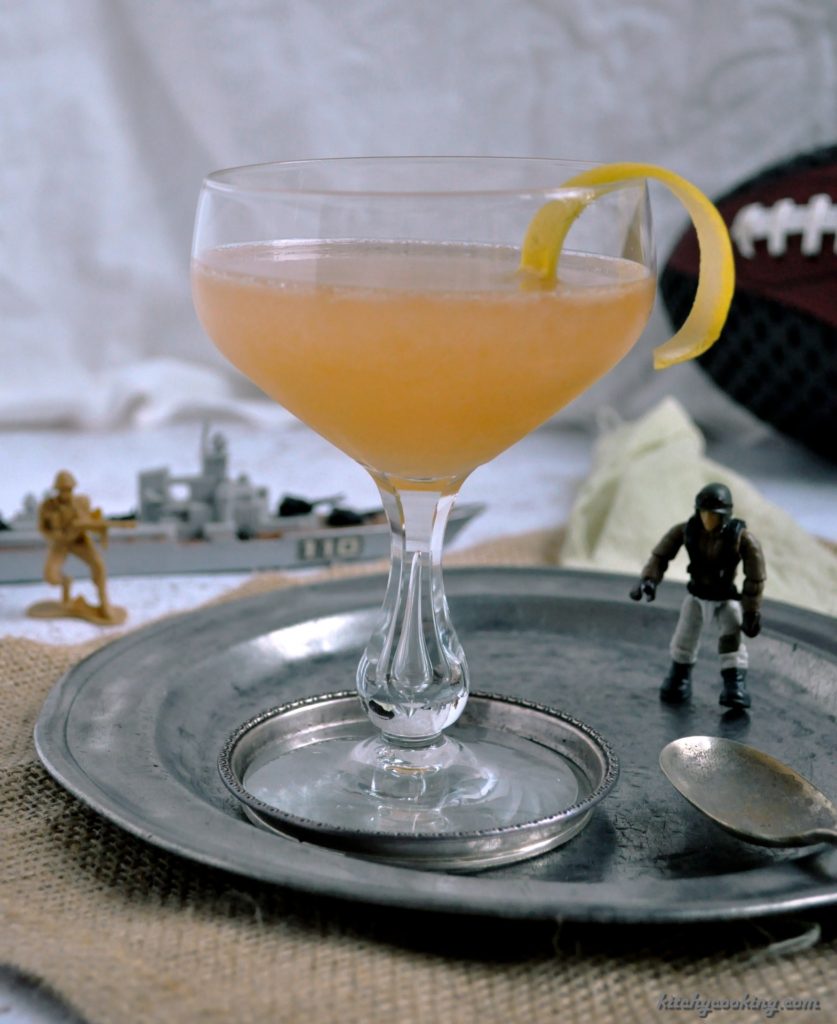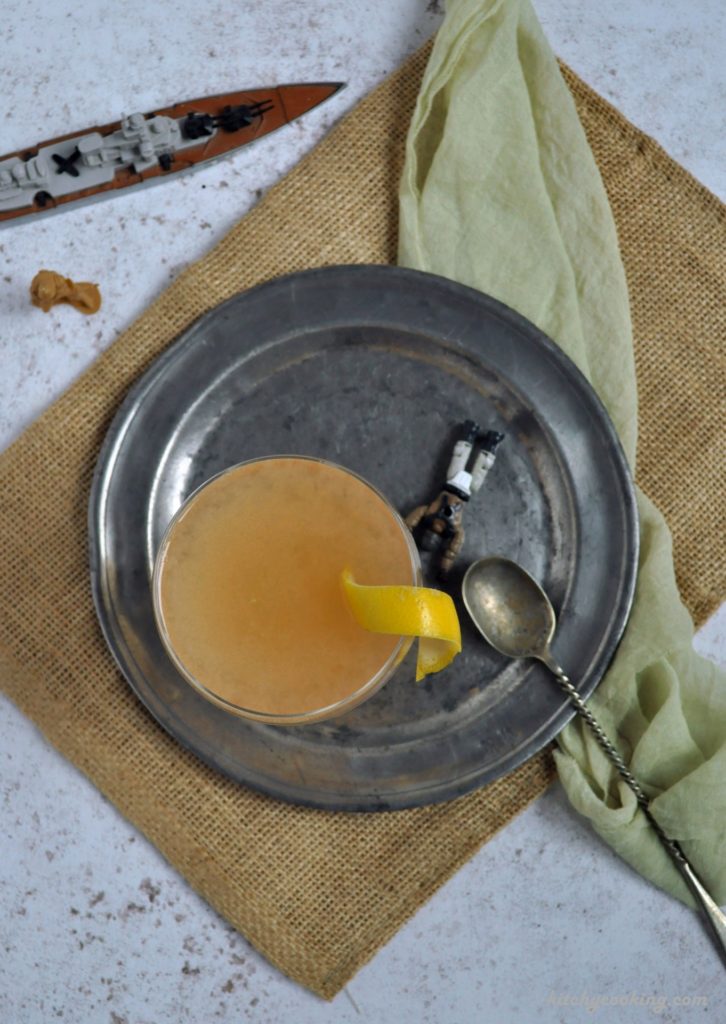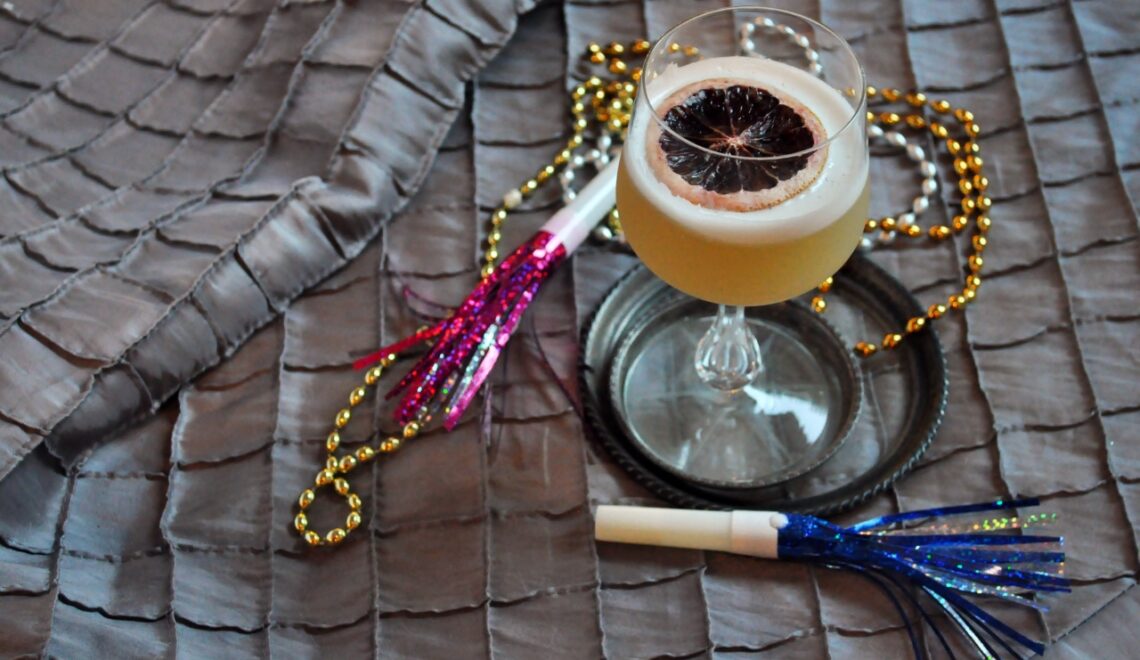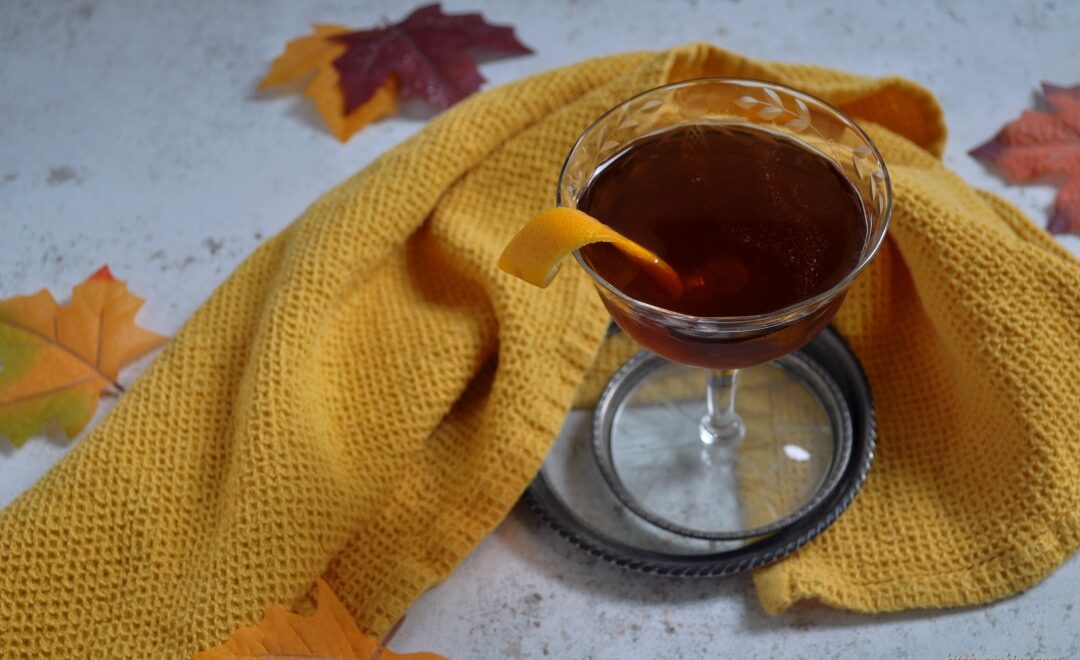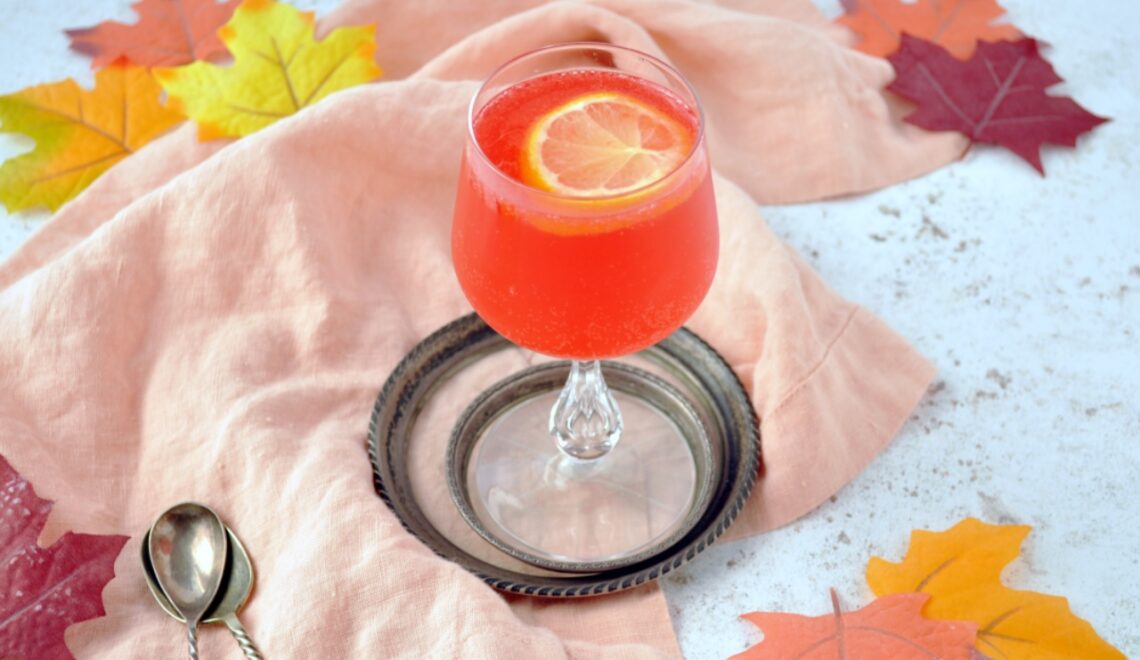Army & Navy Cocktail
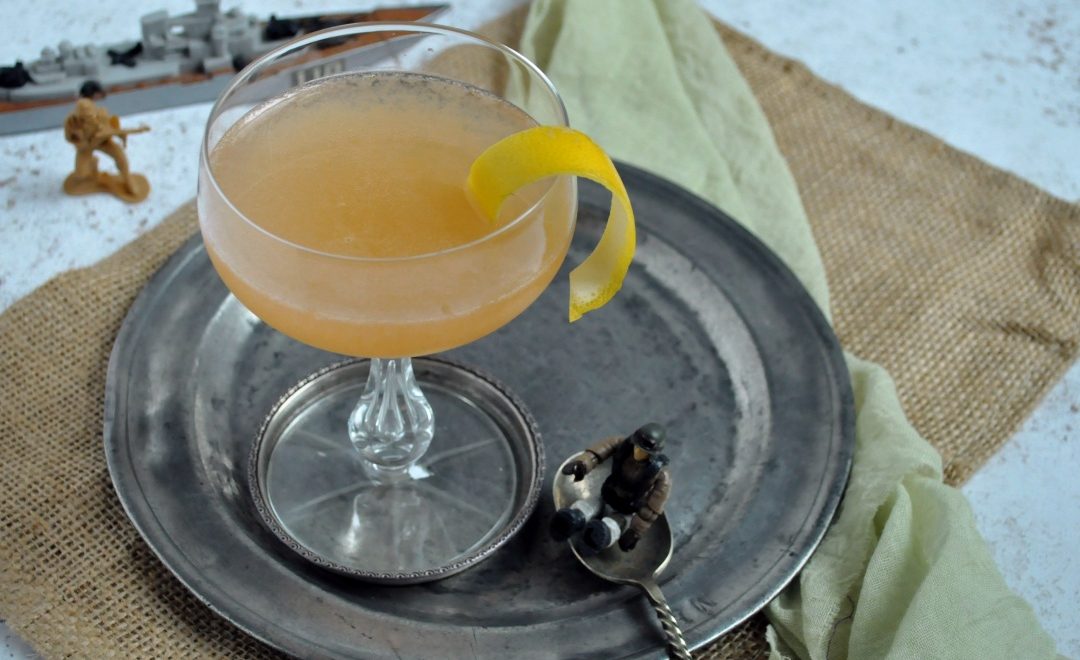
I love football. I’ve been watching professional sports for as long as I can remember; ever since my father took me to my first Red Sox game in 1978. Yes, I was a Sox fan before 2004. But he didn’t just take me to baseball games. I also watched plenty of Celtics and Patriots games on television. While I can’t get enough of professional football, I’ve never been a big fan of college ball. Sure, I went to my share of UCLA games while attending the university, but after that, I only attended the occasional SC/LA game, and I don’t even do that anymore. Today I only have time for football on Sundays and couldn’t be happier.
But just because I’m a devoted pro football fan, doesn’t mean I don’t know about the big games in the world of college ball. I keep tabs on certain universities, especially when the Patriots draft new members right out of college. I know about the big rivalries like SC/LA, Auburn/Alabama (roll tide), Berkeley/Stanford, Michigan/Ohio, Notre Dame/USC (yes, USC has a few rivalries) and of course the Army/Navy game.
The Midshipmen (Navy) have been battling it out against the Black Knights (formerly the Cadets of Army) Since 1890. In those 131 years, the game has only been cancelled twice, once because of WWI, and then again in 1928 because the two teams failed to reach an agreement of player eligibility. As far as I know, it’s also the only college game that’s played in neutral territory. That’s right, unlike most college and professional football games, this one is never played on either team’s home field. It’s always played in “neutral” territory.
With a football game as famous (or is it infamous) as this one, it’s no surprise that a cocktail was created to honor it. Although it’s unclear when the Army & Navy first appeared on the scene, it was first published by David Embury in his 1948 The Fine Art of Mixing Drinks. The original recipe called for 2 parts gin, 1 part lemon juice and 1 part orgeat syrup. (Orgeat is an almond syrup commonly found in tiki cocktails.) But Embury didn’t publish the original recipe. He reconceived it because he said he found the original “horrible”. His version, which is the most common version found today, is what I’ve shaken up here. The final result is a gin sour with a subtle nuttiness thanks to the orgeat. It’s a strong cocktail (not surprising considering it’s over a century old) that’s definitely worthy of the rivalry for which its named.
Ingredients
- 2 ounces gin
- 3/4 ounce lemon juice
- 1/2 ounce orgeat syrup
- dash of Angostura bitters
Instructions
- Pour all ingredients into a cocktail shaker. Add ice and shake vigorously until chilled.
- Double strain into a chilled cocktail glass. Garnish with a twist of lemon and serve.

